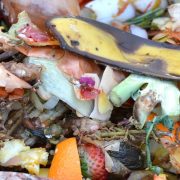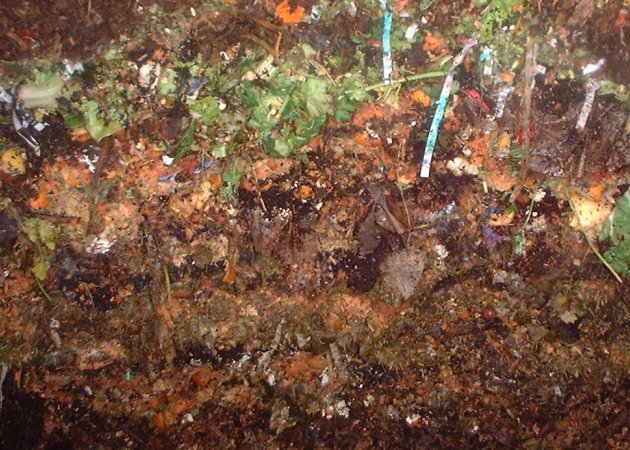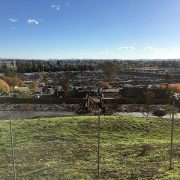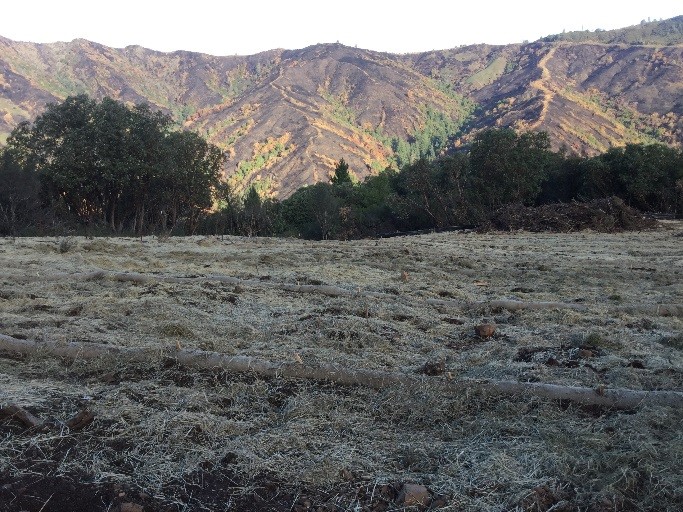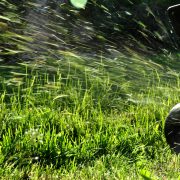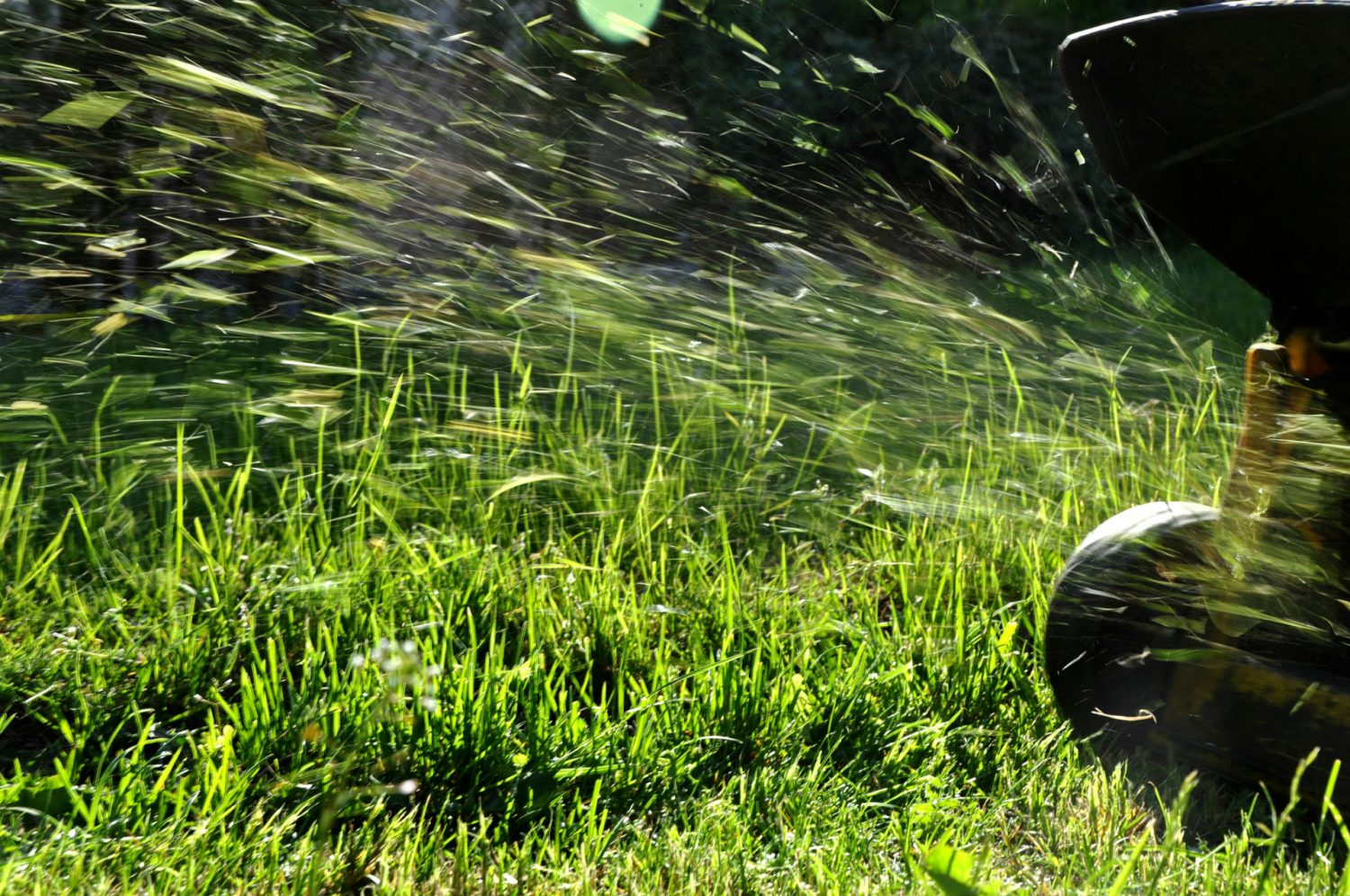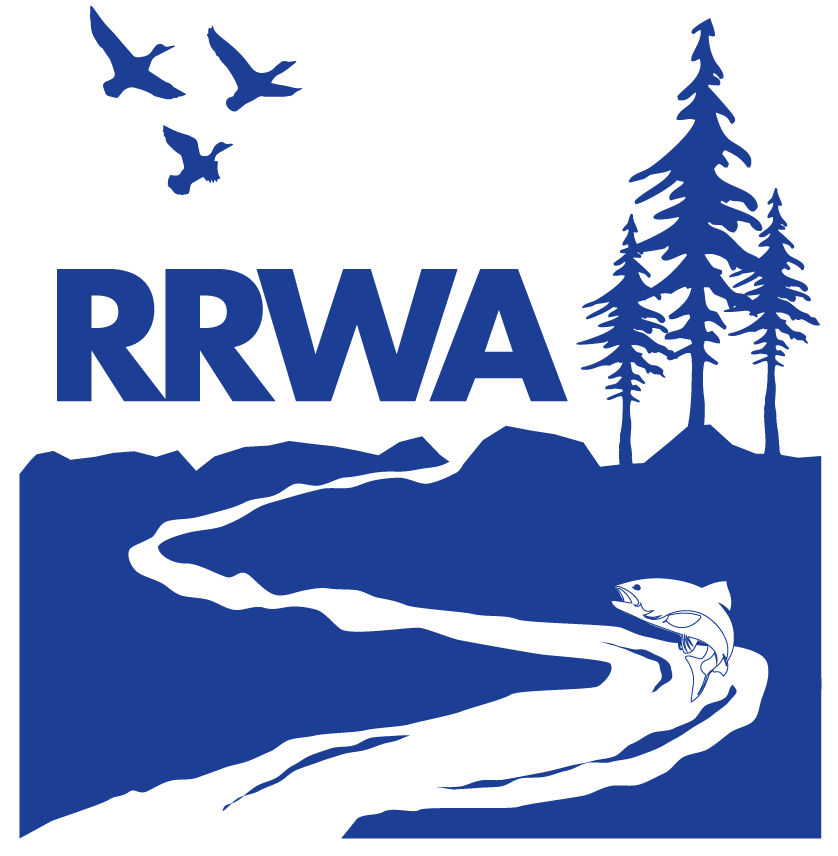The Plant Invasion
Give them an inch and they’ll take an acre…as the California Invasive Pest Council says. There are a whopping 195 invasive plant species in Sonoma County. In the northwestern forest region which includes Mendocino County, 265 invasive species have been identified. An invasive plant species is non-native and aggressively out-competes native species! In other words, they spread fast and crowd out other plants, harming ecosystems and impacting water quality. Native plants provide shelter and food for native insects, birds, and animals. Invasive species tend not to have habitat value. In fact, they sometimes destroy the very habitats native species need to survive.
Ludwigia hexapetala (Water Primrose)
One of the most damaging invasive plants is invasive Ludwigia or water primrose. Water primrose is a lovely, floating plant with delicate yellow flowers and is a favorite for artificial ponds and aquariums. Unfortunately, several subspecies of water primrose (Ludwigia hexapetala and Ludwigia peploides) are aggressively invasive and among the most concerning of the invasive species for water quality and stream health. Invasive Ludwigia grows quickly and thickly on water surfaces, blocking out light, using up the oxygen and choking out other life. When invasive Ludwigia covers a water body surface, aquatic birds cannot penetrate the thick mat of Ludwigia with their beaks to hunt for food. Ludwigia also depletes the oxygen in the water body it covers, so that the oxygen is no longer available for fish and other life.
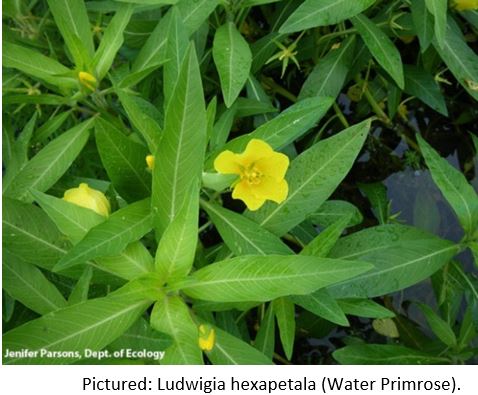
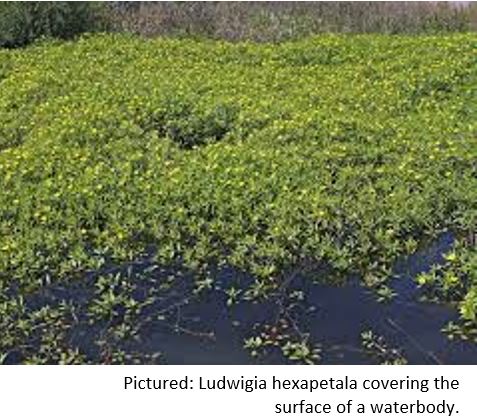
Arundo donax (Giant Reed)
Arundo donax (Giant Reed) grows best along streambanks. It was introduced for erosion control because it quickly covers exposed soil. Unfortunately, that very quality that is useful for erosion control, makes it an invasive species, crowding out native plant species, and reducing habitat value for birds and other animals. Arundo has another huge drawback – it is highly flammable, speeding the spread of wildfire.
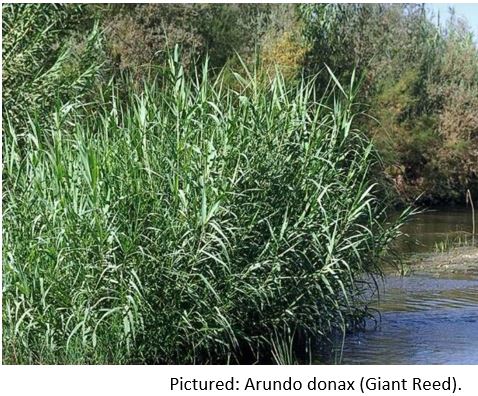
Protect our river. Protect our streams. Don’t plant or spread invasive species. Here is what you can do…
- Plant California native plants in your yards and gardens. Native plants can be just as beautiful as exotic ornamentals and provide ecosystem benefits. For example, the California Lilac has lovely purple blooms, It’s a nitrogen-fixing plant. The California Fuchsia blooms deep red or purple and attracts hummingbirds. The California Native Plant Society has an on-line tool to help you select native species. www.cnps.org/gardening. The California Invasive Plant Council also lists helpful links for plants to use and stay away from for land managers, landscapers and for the public www.cal-ipc.org.
- Don’t plant a pest in your pond. If you have a pond, please get help from a native plant expert to purchase local, native species, not invasive ones. Just because you can buy it legally, doesn’t mean it’s not invasive. Go to the California Native Plant Society on-line tool www.cnps.org/gardening or ask your local nursery for help.
- Clean your boat. One of the ways invasive plants travel from one water body to another is by hitching rides on boats. If your boat has been outside of our region, clean the exterior of your boat thoroughly before re-entering the Russian River or any of our lakes or ponds. Remove any plant materials off your boat, even very small pieces.
- Volunteer for invasive species removal parties! Many local organizations and agencies need volunteers to help with invasive plant removal including Sonoma County Parks, the Laguna de Santa Rosa Foundation, the Sonoma Land Trust, the Pepperwood Preserve and the Mendocino Land Trust.
- Sonoma County Parks https://parks.sonomacounty.ca.gov/Support/Volunteer/Opportunities/
- The Laguna de Santa Rosa Foundation www.lagunafoundation.org/volunteer.html
- Sonoma Land Trust – www.sonomalandtrust.org/join_in/volunteer.html
- Pepperwood Preserve www.pepperwoodpreserve.org/get-involved/volunteer/
- Mendocino Land Trust http://MendocinoLandTrust.org

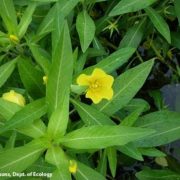
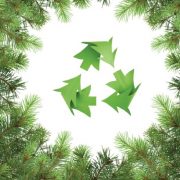

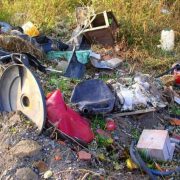
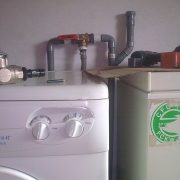
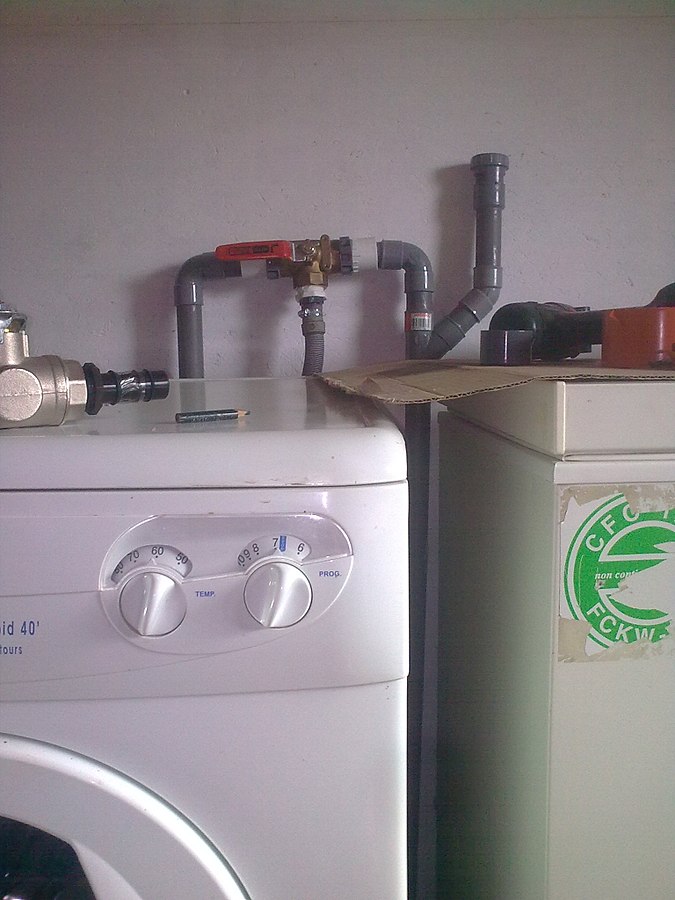
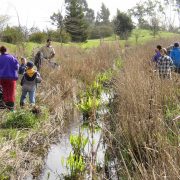
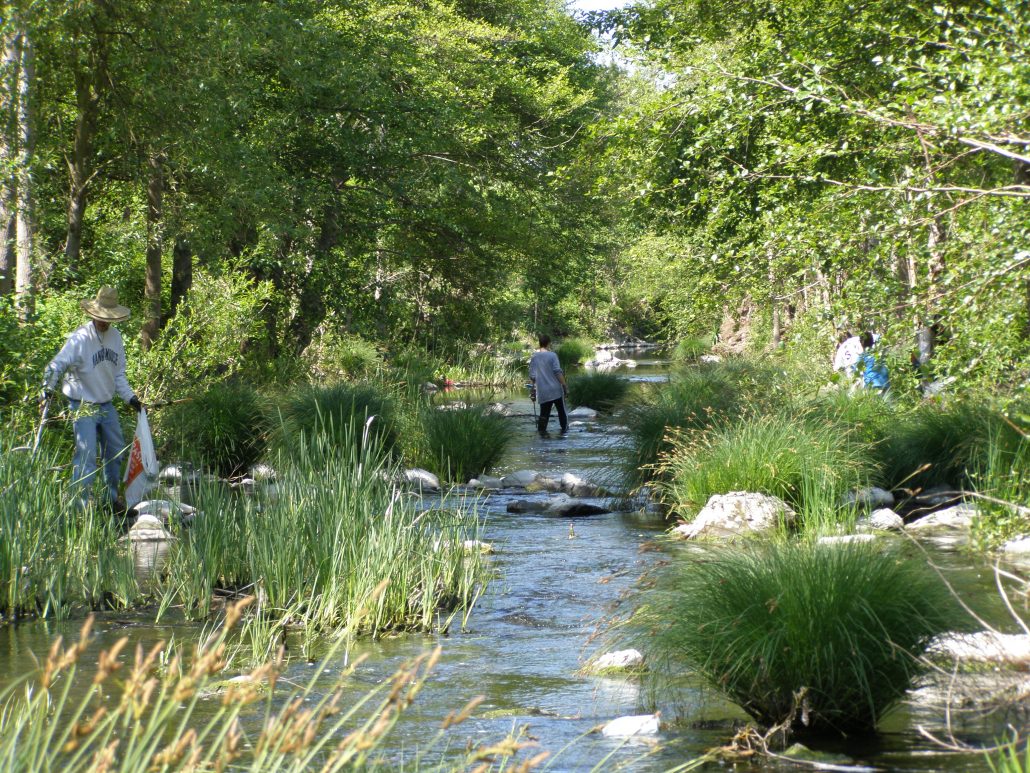 Throughout the Russian River watershed, the third week of September is recognized as Creek Week. This year Creek Week is from September 15 to September 22. During Creek Week, creek, river and ocean clean-up campaigns will take place throughout Sonoma and Mendocino Counties. The Russian River watershed consists of over 150 creeks which provide water supply, wildlife habitat, flood capacity and recreation. Unfortunately, trash and debris accumulation in local waterways impair water quality, wildlife habitat and, at times, recreation and flood capacity. This is a great opportunity to take part in activities that connect you with your community and environmental practices that help protect our creeks.
Throughout the Russian River watershed, the third week of September is recognized as Creek Week. This year Creek Week is from September 15 to September 22. During Creek Week, creek, river and ocean clean-up campaigns will take place throughout Sonoma and Mendocino Counties. The Russian River watershed consists of over 150 creeks which provide water supply, wildlife habitat, flood capacity and recreation. Unfortunately, trash and debris accumulation in local waterways impair water quality, wildlife habitat and, at times, recreation and flood capacity. This is a great opportunity to take part in activities that connect you with your community and environmental practices that help protect our creeks.